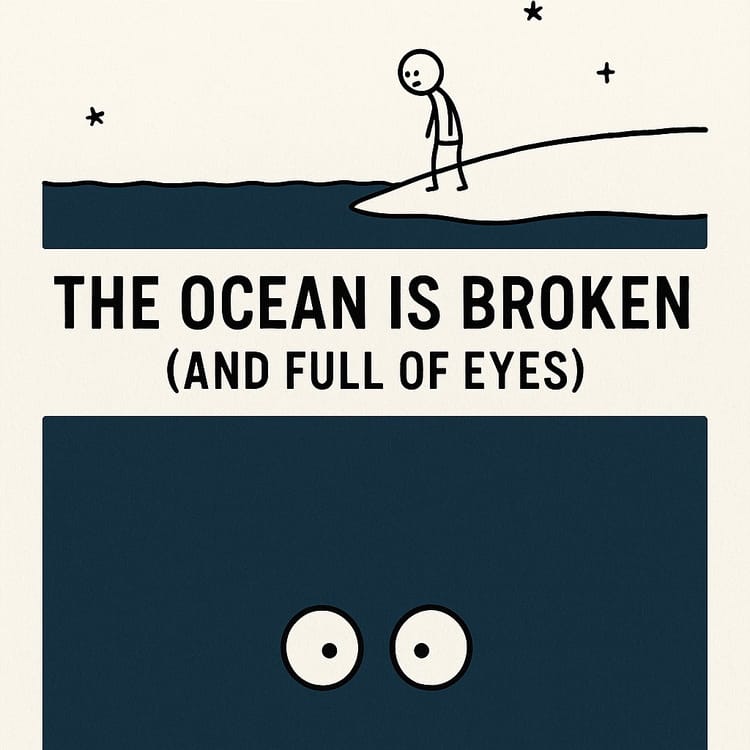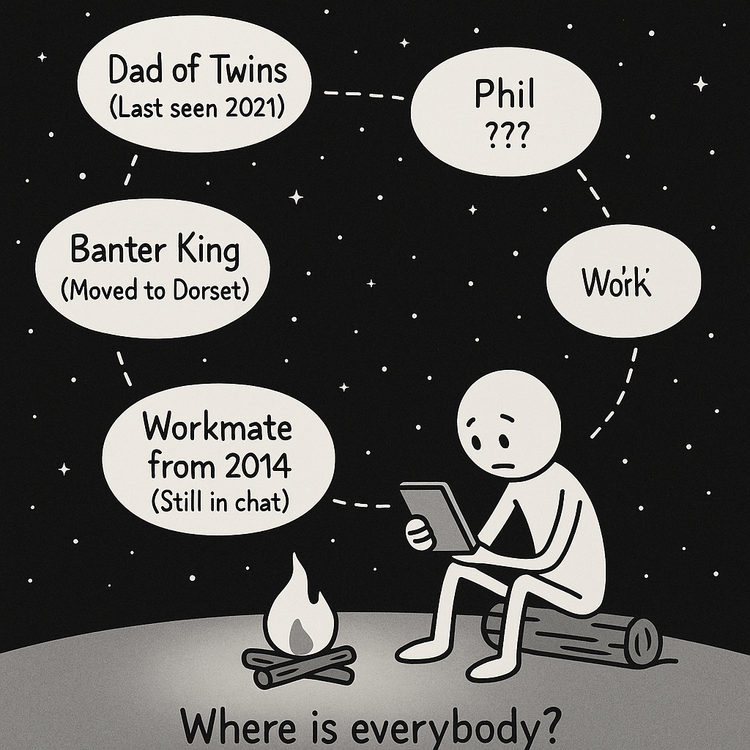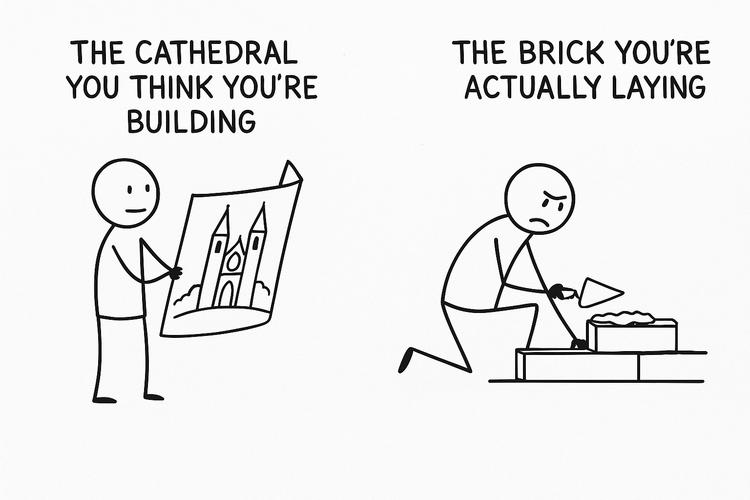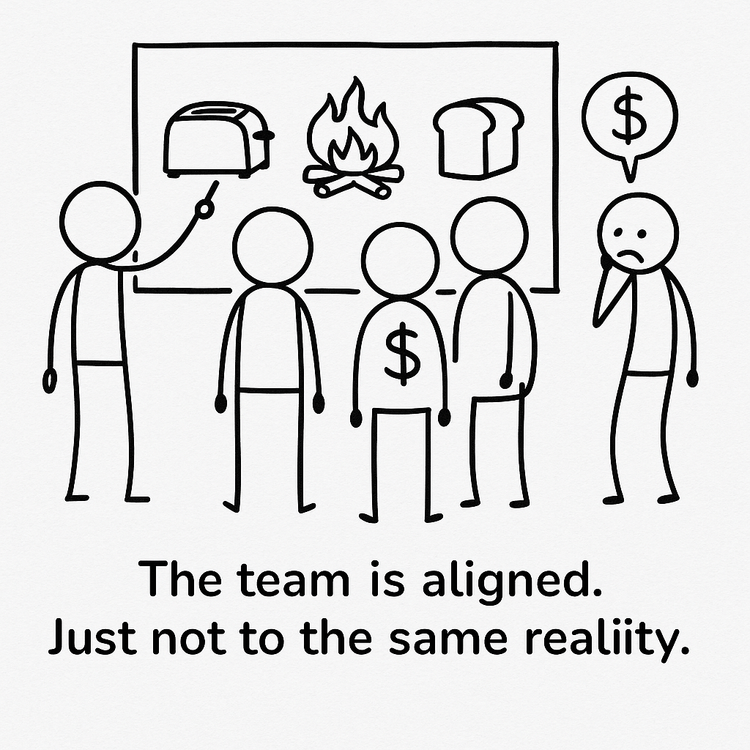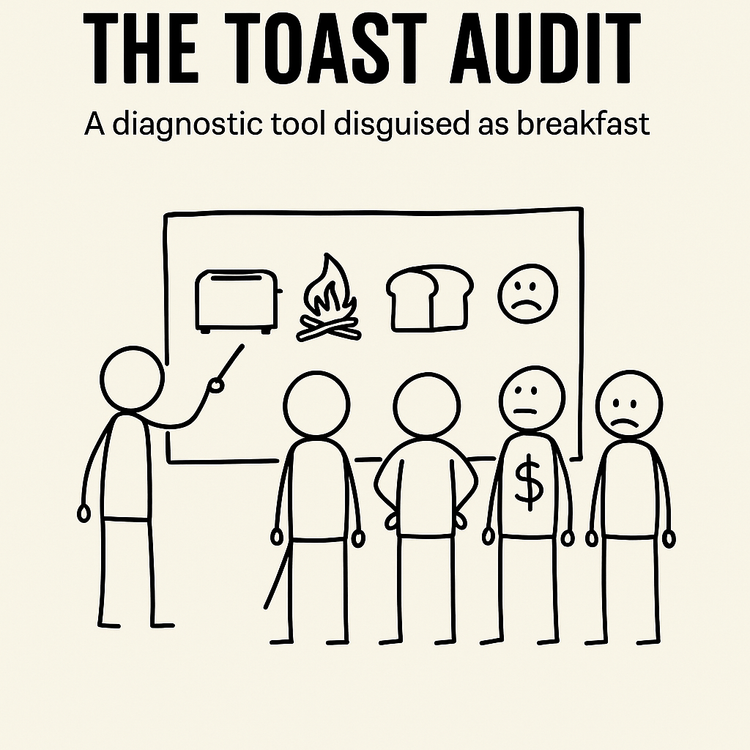Why Alignment Is a Lie (And How It Quietly Breaks Your Team)
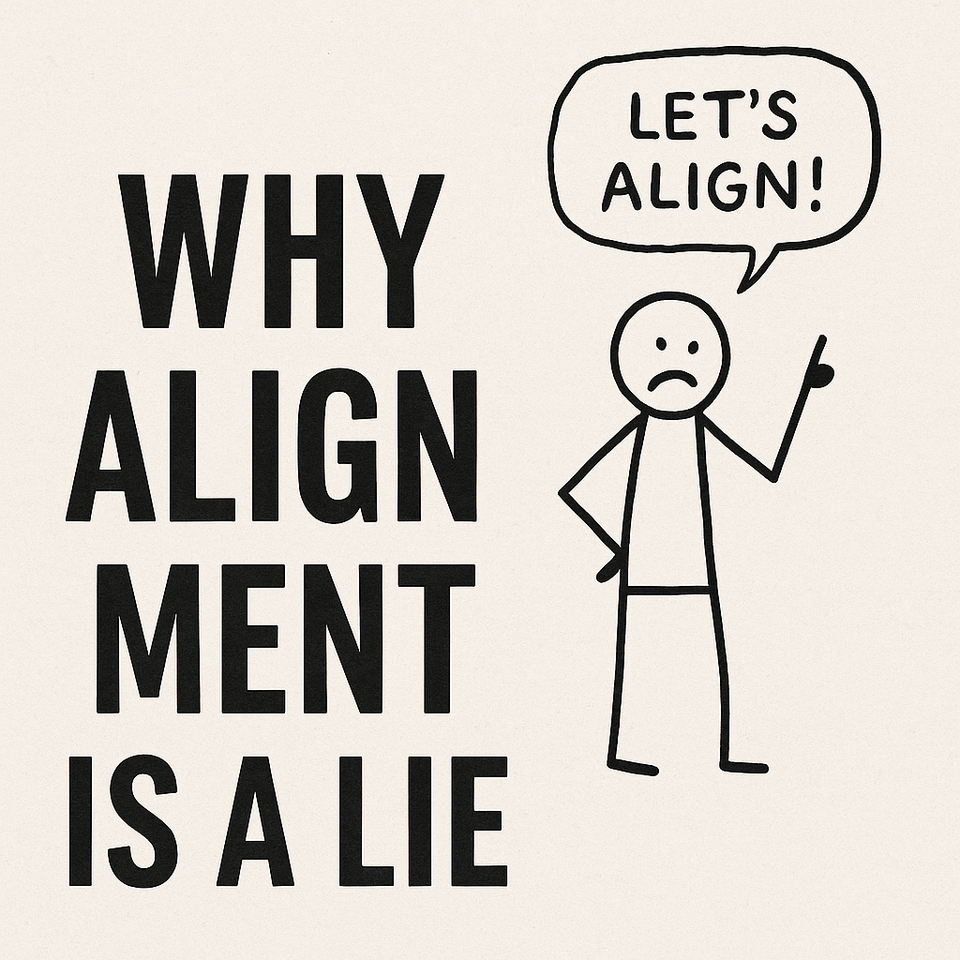
Read The Toast Series — 6 posts about systems, miscommunication, and drawing toast instead of guessing.
Explore the full series →
← Previous: How to Make Toast
→ Next: The Toast Archetypes
And other things we say when no one wants to lead
Let’s Try This Sentence On For Size:
"We just need to get aligned."
It sounds useful. Like a team player move. Like something a calm, seasoned leader would say right before cracking their knuckles and saving the quarter.
But in most rooms, "let’s get aligned" is corporate parsley: it adds colour, but nobody actually eats it. It’s the thing you say when things feel unclear, and you want to sound like you’re helping without the inconvenience of doing anything difficult.
Alignment sounds like progress. It feels like leadership. But most of the time, it’s just camouflage.
Alignment Is the New "Circle Back"
It shows up everywhere:
- In product meetings when nobody’s really sure what the feature is.
- In leadership check-ins where the slide deck has 14 pages of beautiful nothing.
- In strategy docs filled with phrases like "cross-functional synergies" and "north star initiatives."
You’ll hear:
"We just need to align on this."
And no one ever stops to ask:
- Align on what?
- What exactly is misaligned?
- What does success actually look like here?
Instead, people nod. Because asking would make you that guy. The difficult one. The non-team-player who refuses to move forward without ruining the vibe.
So everyone keeps nodding.
And nothing gets fixed.
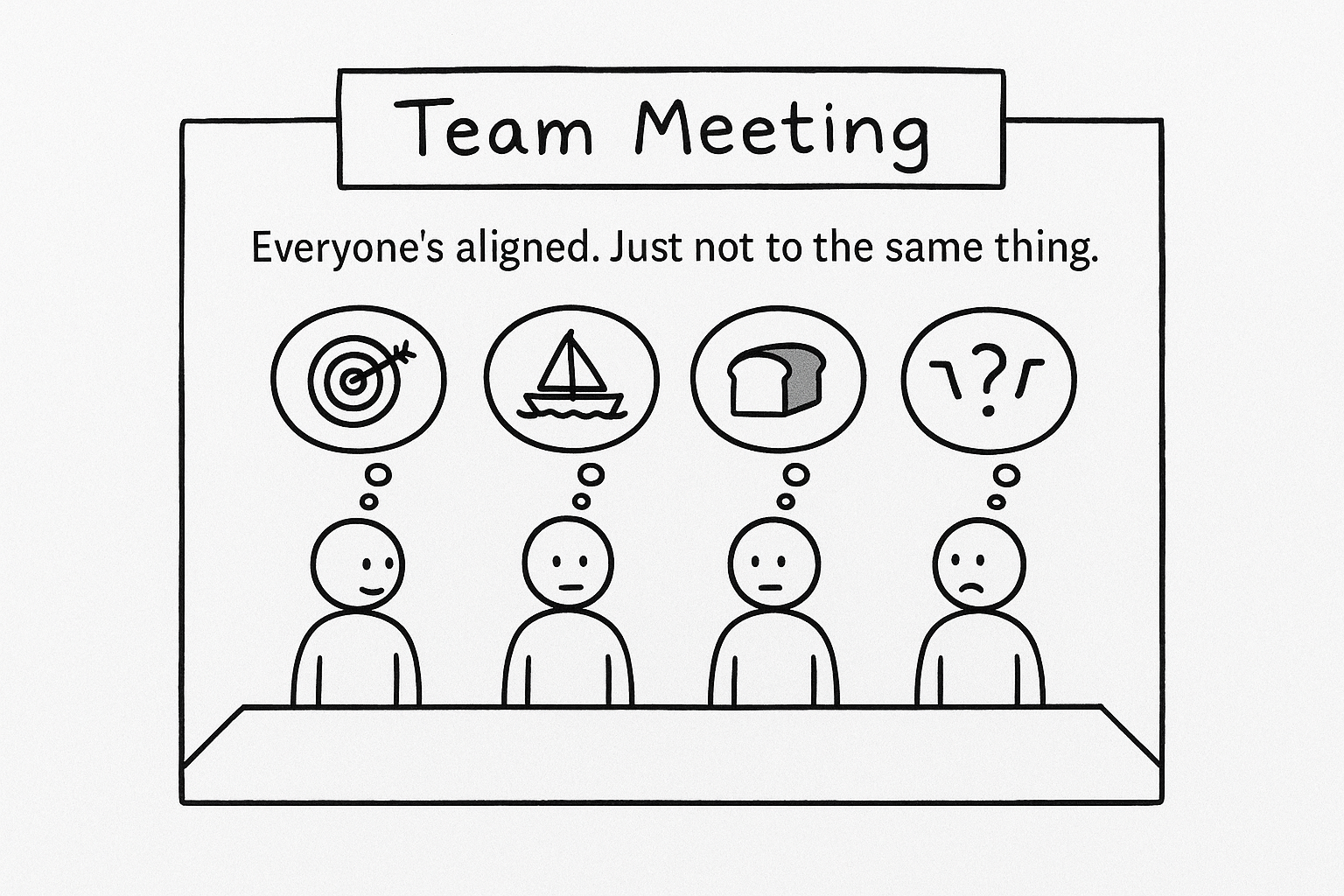
Alignment Feels Safe Because It’s Vague
Saying “let’s align” doesn’t threaten anyone. It doesn’t expose risk. It doesn’t admit uncertainty. It lets everyone feel like they’re helping without revealing how little we actually agree.
It’s the conversational equivalent of clicking “I agree” on terms and conditions without reading them—except now you're signing off on a multi-million pound roadmap while quietly unsure what any of it means.
This is how entire teams sleepwalk into chaos.
The Alignment Lie in Action
Let’s say your company wants to launch a new internal tool. You’re in the kickoff meeting. Someone says:
"Let’s just align on the core use case."
Everyone nods. No one speaks. You leave the room.
Two weeks later:
- Design is working on a self-serve portal.
- Engineering is building a reporting dashboard.
- Ops is requesting features for process automation.
- Finance thinks it’s just a way to reduce headcount.
You weren’t aligned.
You were silently divergent.
